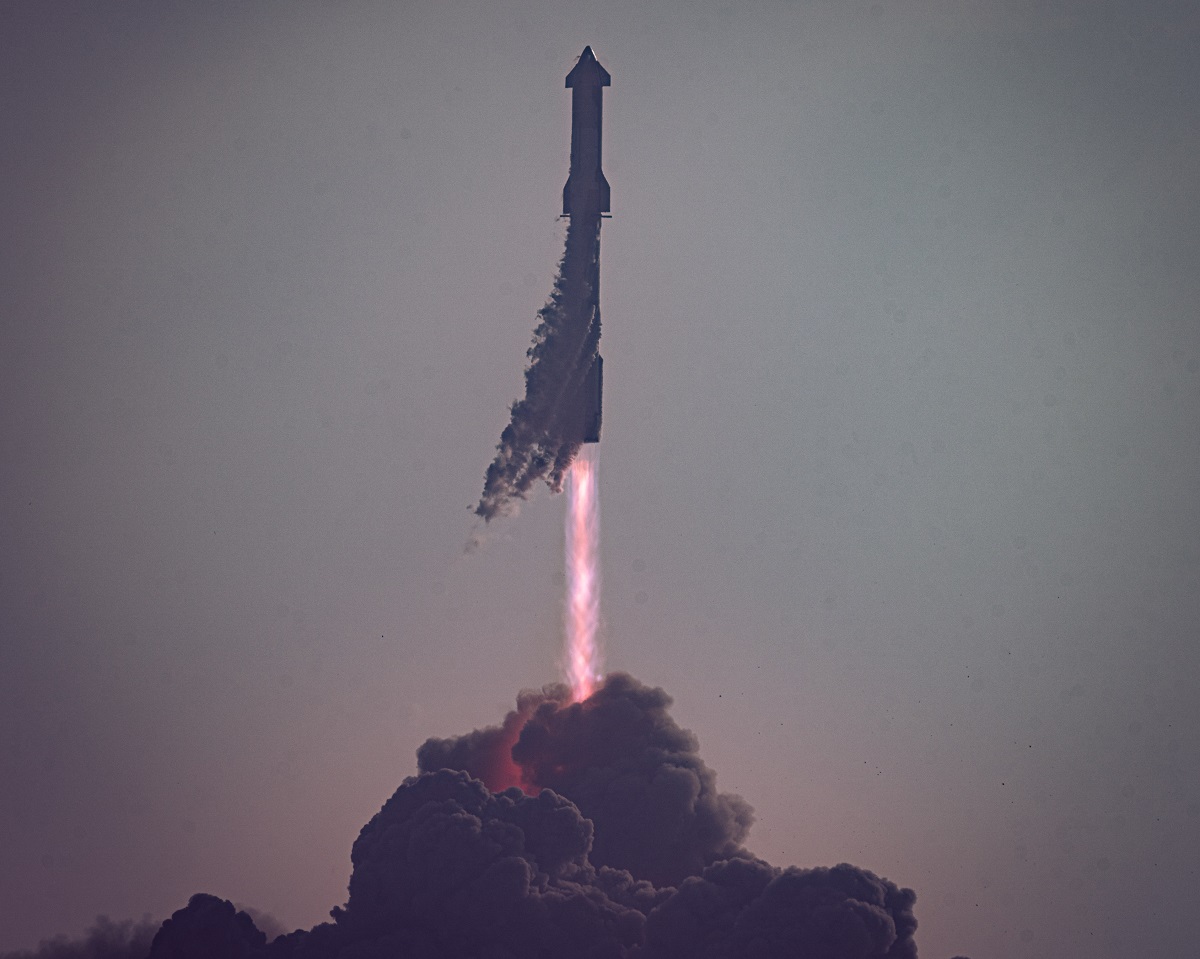Starship did not want to self-destruct and continued flying for 40 seconds after receiving the self-destruct signal

Elon Musk has revealed a bit of information about how the first orbital flight of the Starship rocket system took place. As it turns out, the explosion was delayed.
Here's What We Know
SpaceX launched Starship with a Super Heavy rocket (both used prototypes) on April 20. The test didn't go according to plan from the start. During the launch, the launch pad was destroyed, a cloud of dust covered a neighbouring town and debris fell in the Texas National Park and triggered a fire.

The concrete on the launch pad could not withstand the power of the Super Heavy propulsion systems. The rocket is equipped with 33 Raptor engines. There were no such problems during the tests, as they were not operating at full power.
In flight, some of the engines stopped functioning. A few minutes after liftoff, the rocket lost control and went into an uncontrolled spin after failing to separate the second stage.
Watching Starship tumbling through the air, SpaceX gave the self-destruct signal. However, the self-destruct mechanism did not work immediately, but after a delay of 40 seconds.

The FAA has banned SpaceX from conducting flight tests of the next Starship and Super Heavy prototypes. The agency plans to investigate and make sure there are no threats to public safety.
Source: Engadget